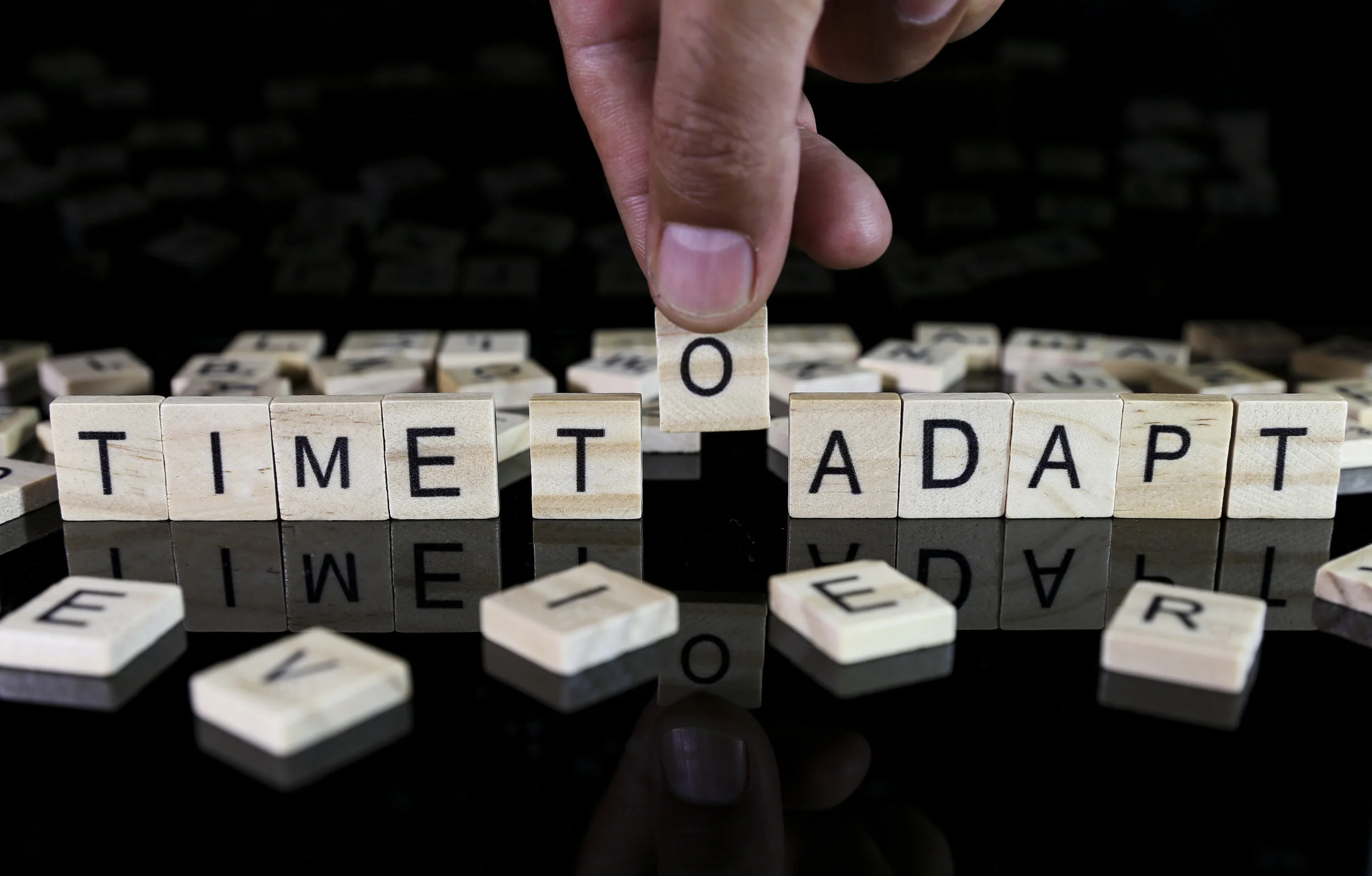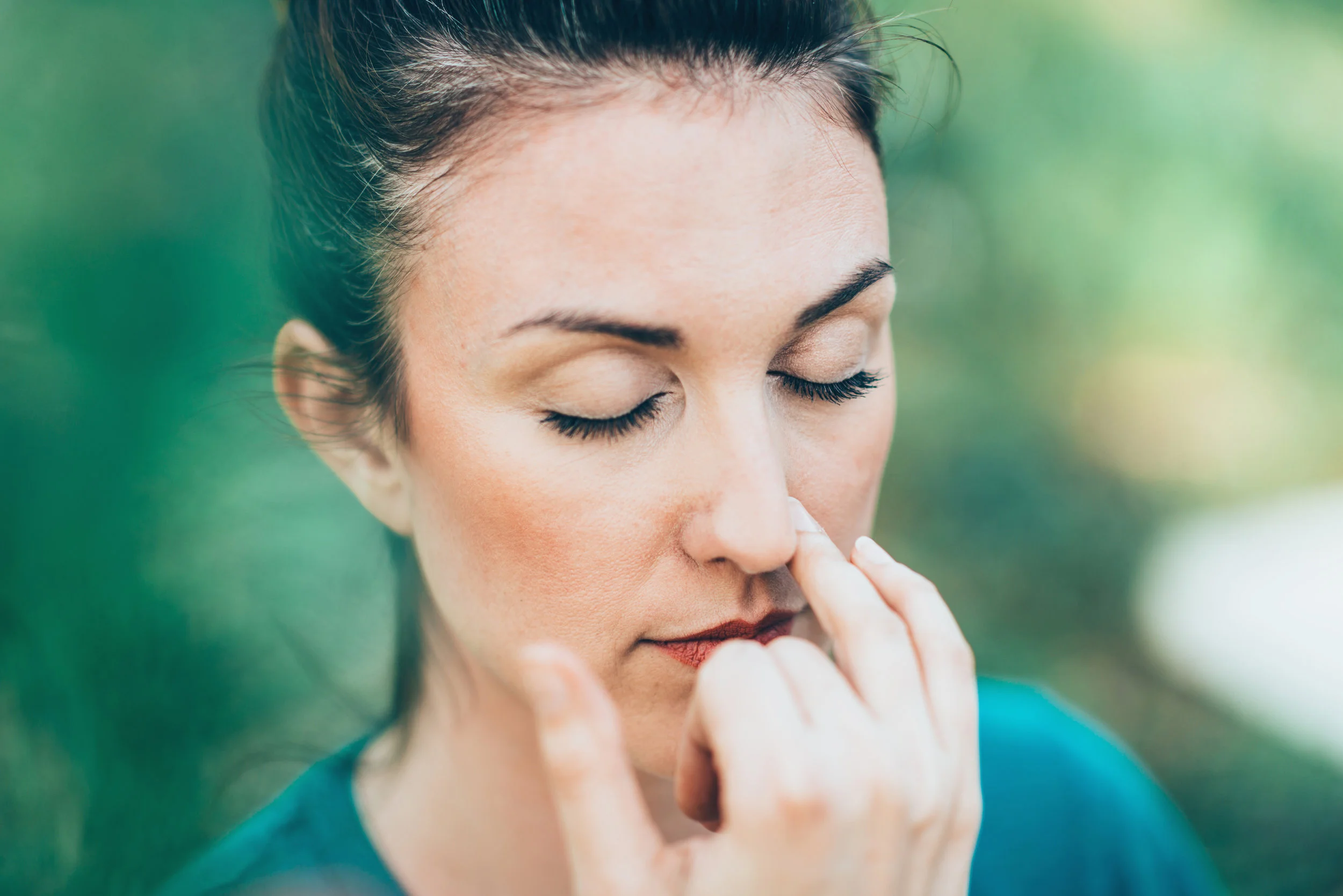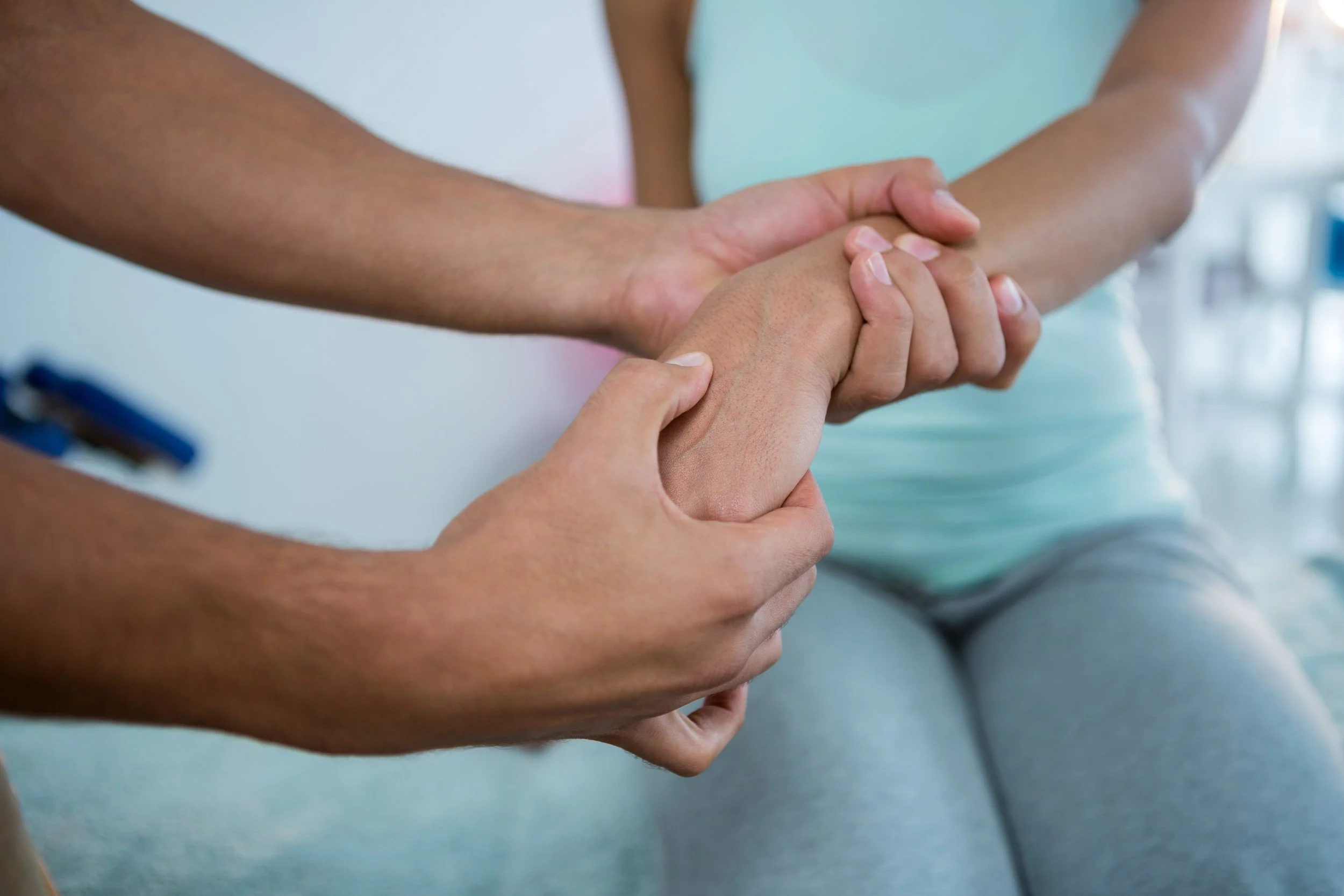The financial mindset (and mindfulness) of the minimalist
/Ramon Khan and his family enjoy their lifestyle — a diet made up largely of organic foods, a gym membership and an expansive home theater.
“Many people often wonder how we can afford some of the things that we enjoy in our lifestyle, and what they don't know is that it's because of our careful spending habits and minimalistic way of living,” said the 29-year-old online marketer from Houston.
Minimalism, touted for its mental and spiritual benefits, can come across as living a deprived, spartan existence. But for those who practice it, minimalism is a form of financial planning and management to free up resources for things that matter most.
“By having less stuff, a person will be able to focus on what truly matters in life instead of wasting time by adding items they do not need to their home,” said Michelle Schroeder, who operates the financial website MakingSenseofCents.com. “This can help a person be more organized, focus on family and work, and more.”
Financial benefit
Minimalists are certainly a minority. According to a report from the Worldwatch Institute titled “The State of Consumption Today,” consumers in the United States use about a quarter of the world’s fossil fuel resources. Another data point is that new houses in the U.S. were 38 percent bigger in the early 21st century than in 1975, despite having fewer people per household on average.
But attaching a definitive description of minimalism can be tricky. For some, it means owning a certain amount of things and nothing more; others insist it’s more a matter of what you own rather than how much.
The website The Minimalists offers this definition: “Minimalism is a tool to rid yourself of life’s excess in favor of focusing on what’s important — so you can find happiness, fulfillment and freedom.”
“I define minimalism as mental, emotional and physical decluttering,” added Toronto life coach Jo Bennett. “Minimalism is really mindfulness around living with less unimportant stuff and then deciding what is meaningful to occupy that new-found space.”
Although minimalists tout the emotional and spiritual benefits of living as simply as possible, another plus to the mindset is financial.
“Minimalism can impact a family's finances in that it can help them save money,” said Schroeder. “By not engaging in impulse spending and cluttering your home with items you do not need, you will be spending less money.”
Diverse approaches
For Ben Nettleton, a 34-year-old Web editor from Houston, personal priorities dictate the financial aspects of his minimalism. “I pretty much spend money on clothes and consumables,” he said. “Ninety-eight percent of the time, if I can't wear it or consume it, I don't buy it. No money spent on little doodads or neat toys of the moment.”
In addition to keeping a rein on overall spending, the Khans shop aggressively for the best possible deal when they do decide on a purchase.
“We typically buy the best appliances that we can invest in,” said Khan. “We have both a Vitamix and a Blendtec blender for example, both retail for over $500 each, but were bought at a fraction of a price because we buy refurbished and used. I buy on Craigslist often to find great deals locally — we were able to buy a $220 citrus press for only $20.”
Being a do-it-yourselfer has helped. Khan built the family's home theater himself rather than buying a prefab setup. They continue to save money on outings to the movies. “We can enjoy a theater experience with surround sound and a 120-inch screen everyday if we wanted to,” he said.
Nor is minimalism confined to simply not buying something in the first place. For Nettleton, it’s ongoing attention to everything that might find a more suitable home somewhere else: “The great stuff goes on eBay, the good stuff goes in the garage sale pile.”
Not merely for savings’ sake
Saving money on extraneous expenses isn’t just a simple exercise of always saying no. As Bennett explained, the process can be boiled down to a question of need versus want.
“As for needs, do you need a house this big?” she said. “Also, revisit all utilities and gadgetry. Does everyone need a separate computer? Can we get more efficient with water and heat?”
Nor do savings merely sit around as some sort of testimony to frugality. As Khan noted, funds saved through minimalism are effectively “reinvested” into items most important to his family.
“All of our combined practices allow us to save a lot of money each month on living expenses and use that money to pay a premium for the things that matter most like our organic food, wind energy and monthly activities,” he said. “If we were not minimalist, we likely would not be able to afford some of the nice things that we do get to splurge on, which are usually related to mental and physical health.”
Minimalism — whether it relates to a financial issue or something else — can also boil down to a simple mental process: do whatever’s necessary to make certain that your choices are genuinely beneficial.
“For those new to minimalism, think of it as a lens through which to view your life," Bennett said. "Regarding any issue, ask yourself what is important and ask three times. Refining your answer each time will reveal to you the real reason for wanting something.”
Summary
Minimalism aims to make life simpler and more rewarding. There are financial benefits along the way as well.
This article originally appeared on desertnews.com and was written by Jeff Wuorio.











![Self-regulation “control [of oneself] by oneself"](https://images.squarespace-cdn.com/content/v1/55563e14e4b01769086817cb/1542845645966-PO2HGKF5JLUBM45UIWQ3/wee-lee-790761-unsplash.jpg)



















